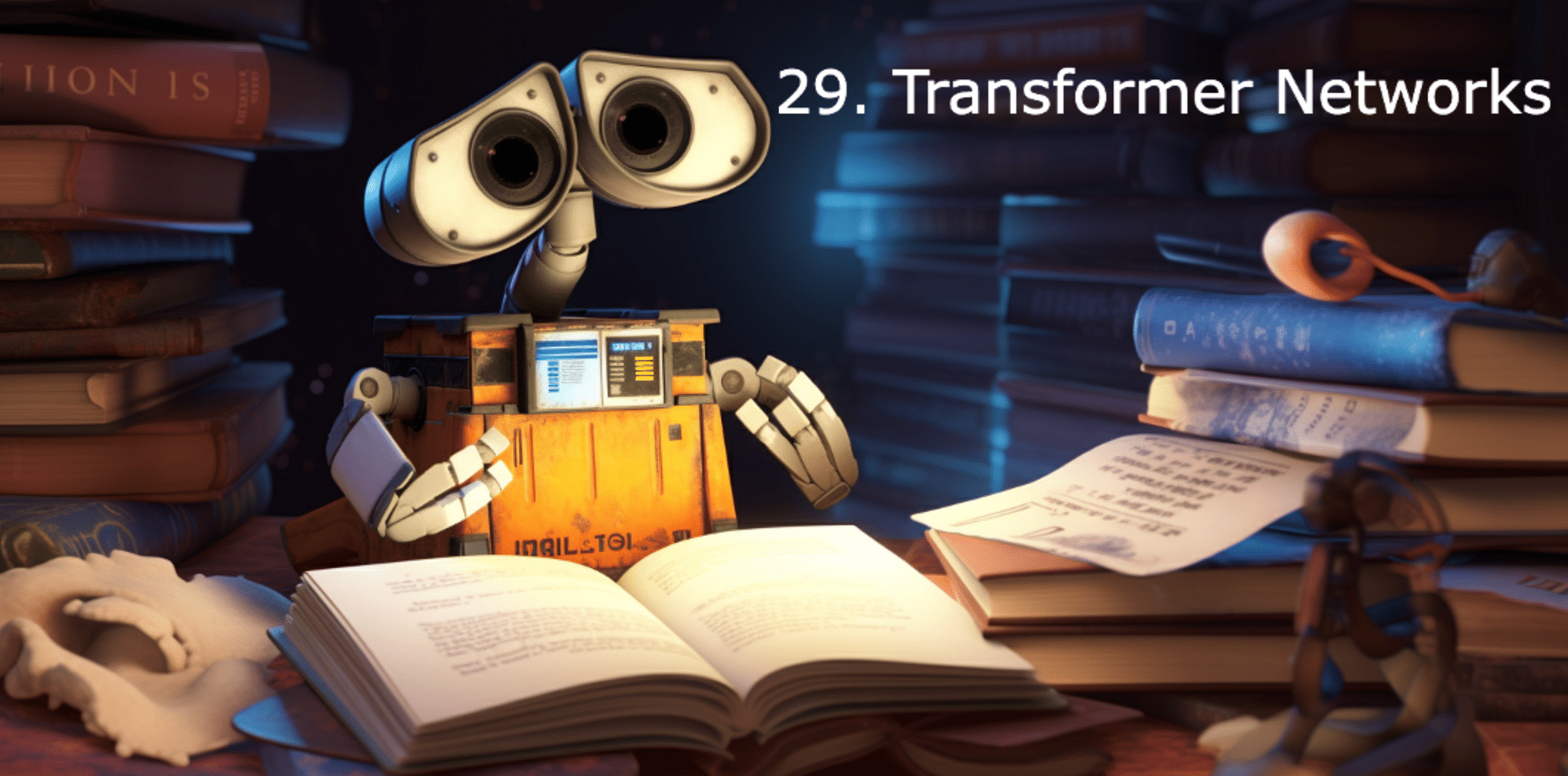Transformer networks have emerged as a groundbreaking technology in the field of artificial intelligence, specifically in natural language processing (NLP). Developed by Vaswani et al. in 2017, transformer networks have revolutionized various applications, including machine translation, chatbots, sentiment analysis, and more. This article explores the fundamentals of transformer networks, their architecture, and their transformative impact on the field of AI.
Understanding Transformer Networks:
Traditional NLP models struggled to capture long-range dependencies and contextual relationships in language due to their sequential nature. The transformer architecture introduced a novel attention mechanism that allows models to focus on relevant words or phrases while processing input. Unlike recurrent neural networks (RNNs) or convolutional neural networks (CNNs), transformer networks do not rely on sequential processing, enabling parallelization and faster training.
The Transformer Architecture:
The core idea behind transformer networks is self-attention. The input sequence is encoded using self-attention mechanisms, which determine the importance of each word in relation to the others. This allows the model to capture dependencies and relationships between words, regardless of their positions in the sequence. The attention mechanism computes weights for each word, and a weighted sum of the input vectors produces the final representation.
The transformer architecture consists of an encoder and a decoder. The encoder processes the input sequence, while the decoder generates the output sequence. Multiple layers of self-attention and feed-forward neural networks make up the transformer’s architecture, enabling it to learn complex patterns and representations.
Transforming NLP and Beyond:
Transformer networks have transformed the NLP landscape, delivering state-of-the-art performance on various tasks. For example, the transformer-based model known as “BERT” (Bidirectional Encoder Representations from Transformers) has achieved remarkable results in tasks such as question answering, named entity recognition, and text classification.
The versatility of transformer networks extends beyond NLP. They have been successfully applied to computer vision tasks, such as image classification, object detection, and image captioning. By leveraging self-attention mechanisms, transformers can capture global dependencies in images, enabling more accurate and contextual understanding.
Challenges and Future Directions:
While transformer networks have revolutionized NLP and AI, challenges remain. The computational complexity of self-attention makes training large-scale transformer models resource-intensive. Researchers are exploring techniques such as pruning, quantization, and knowledge distillation to address these challenges and make transformers more accessible.
The future of transformer networks holds promise. Ongoing research focuses on developing efficient architectures, such as lightweight and sparse transformers, to enable deployment on resource-constrained devices. Additionally, combining transformers with other techniques, such as reinforcement learning and unsupervised learning, opens up new possibilities for improving performance and generalization.
Transformer networks have significantly advanced the field of AI, particularly in NLP. Their ability to capture contextual relationships and dependencies in language has transformed machine translation, sentiment analysis, and other language-related tasks. As researchers continue to refine transformer architectures and overcome challenges, we can expect even more exciting developments and applications in the future. Transformer networks have undoubtedly left an indelible mark on AI, empowering machines with the ability to understand and generate human-like language, and their impact is poised to grow further in the years to come.





![Read more about the article [Funding roundup] Supersourcing, Karomi Technology, BiofuelCircle raise early-stage deals](https://blog.digitalsevaa.com/wp-content/uploads/2022/06/CF1-1655273074394-300x150.png)




